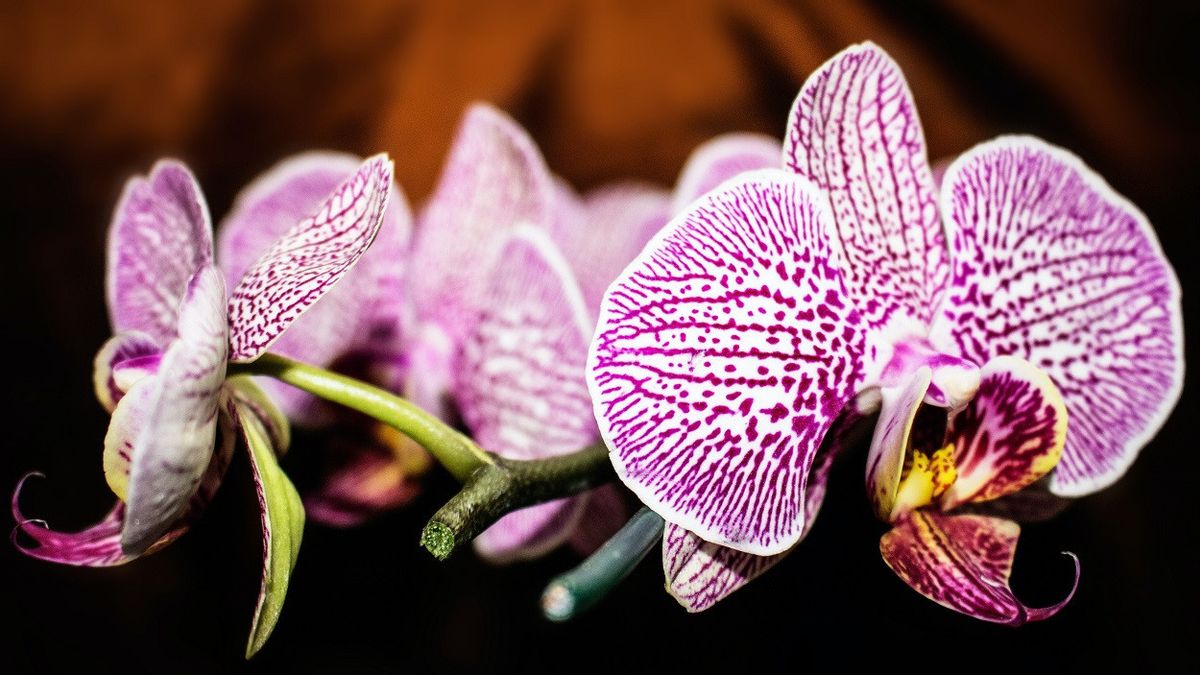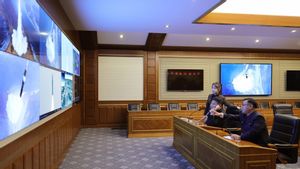JAKARTA - There are more than 28,000 species of orchids worldwide, growing on every available landmass other than Antarctica.
But, while these highly coveted plants may seem commonplace, they are quickly becoming an endangered species, as deforestation and overconsumption facilitate their decline.
"Of the 2,000 species we have formally assessed, more than 50 per cent of them are threatened with extinction," said Michael Fay, an orchid expert at Kew Gardens London.
A while back, a festival at Britain's renowned horticultural hotspot hoped to highlight the fragility of this beautiful species, as well as what can be done to better protect it.
"We have some very special and endangered species here," explains Henck Röling, a florist at Kew.
"There are a lot of orchid 'lovers' who come specifically to Kew to see the collection. And I think that's the joy of the festival. There are big displays for people to enjoy, but there are also little orchids that are rather niche and delicate which are rare and should be admired up close. ," he explained.
With more than 5,000 flowers on display, the 2022 Orchid festival is inspired by Costa Rica, the country's home to more than 1,600 plant species.

In addition, showy flowers are very vulnerable to deforestation, a problem that is deeply rooted in the South American country. Since the end of World War II, more than 80 percent of Costa Rica's rainforests have been cut down, while 80 million square meters of land are lost every year.
Kew Gardens is now using DNA analysis to determine how the orchids are related to one another. Experts at the organization hope this will provide a more accurate picture of the risks the species faces, while informing conservation efforts on the ground.
"Despite deforestation, Costa Rica is often used as an example of a tropical country doing an excellent job of managing its native environment," said Michael Fay.
"Highland forests will often regenerate fairly well, so it's a matter of educating farmers, educating land managers. And one thing that Costa Rica was involved in from an early stage was ecotourism; developing an economic model that meant money going into the country could be reused for conservation activities. ."
This focus on nature is reflected in the artwork on display at the Kew festival. Installations at the Princess of Wales Conservatory include a series of turtles made of moss, as well as a beautiful quetzal shaped from leaves, one of Costa Rica's most spectacular birds.
"Something like this is always welcome at the end of winter," said Alberto Trinco, acting superintendent of the conservatory.
"You feel like having some color, something exciting for spring and the orchid festival arrives and it's only this burst of color that really makes the difference."
The English, Chinese, Japanese, Arabic, and French versions are automatically generated by the AI. So there may still be inaccuracies in translating, please always see Indonesian as our main language. (system supported by DigitalSiber.id)













